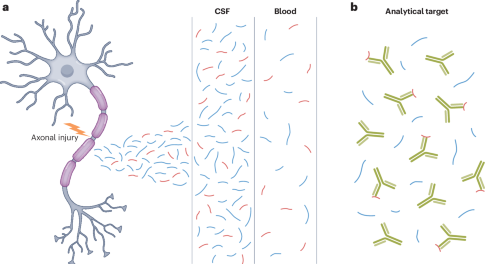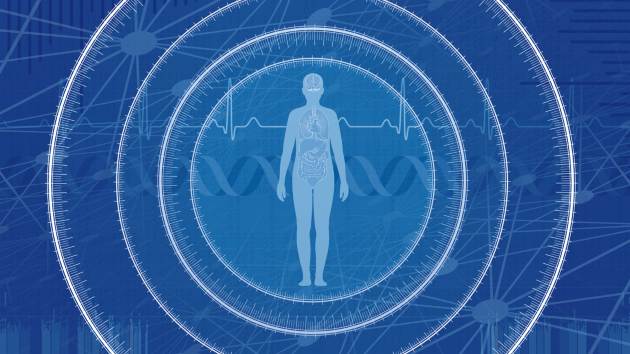
Building a diverse neurology workforce
The first in a series of articles to highlight the importance of diversity, equity and inclusion in neurology in efforts to improve global brain health.

The first in a series of articles to highlight the importance of diversity, equity and inclusion in neurology in efforts to improve global brain health.


Neurofilaments have been validated as specific body fluid biomarkers of neuro-axonal injury. In this Review, Khalil and colleagues provide an update on the structure and function of neurofilaments, analytical approaches and challenges in different clinical contexts, and progress towards clinical application of neurofilaments as a biomarker in various neurological disorders.
